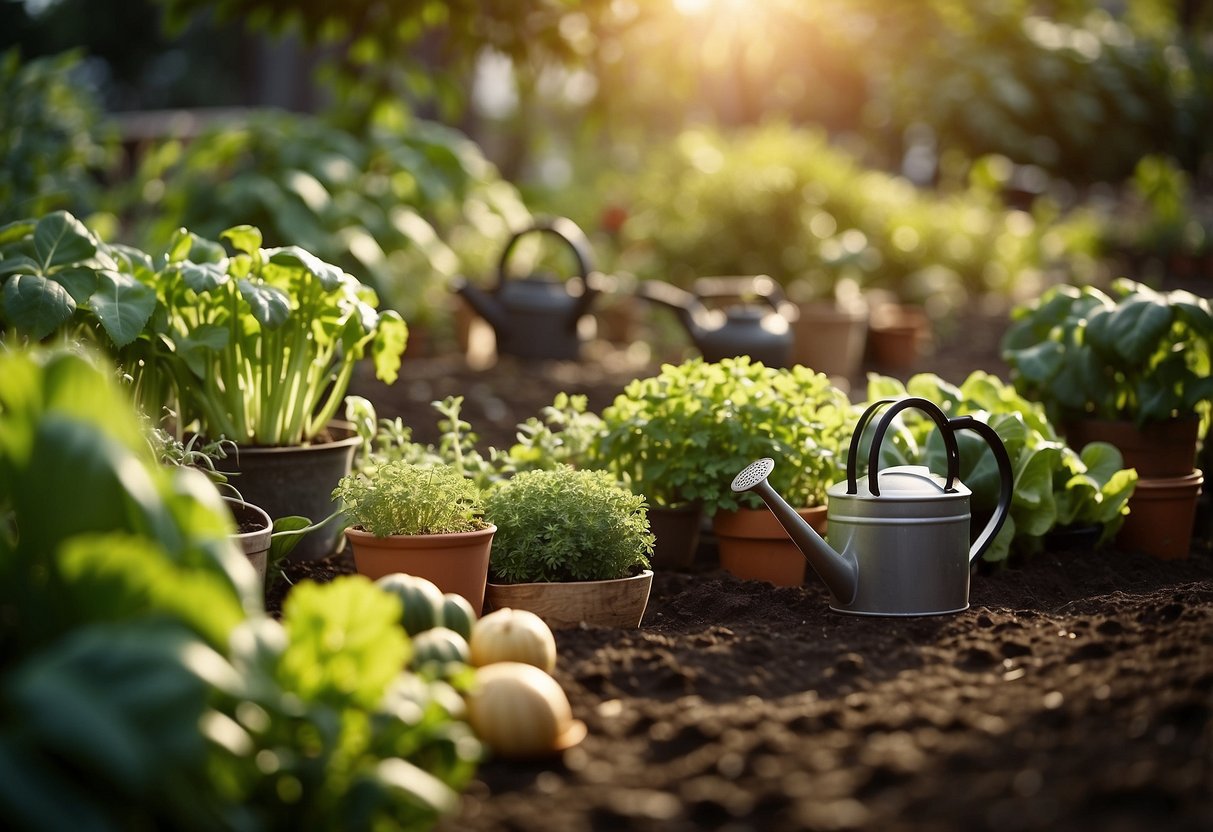
Starting a vegetable garden can be both a rewarding and enriching hobby, providing fresh, home-grown produce for you and your family. It can be a fantastic way to connect with nature, practice sustainability, and even reduce grocery expenses. With the right guidance, anyone can transform a simple patch of soil into a flourishing garden full of your favorite vegetables.
Whether you’re a seasoned gardener or a beginner, understanding the fundamental steps involved in creating a successful vegetable garden is crucial for abundant harvests. Careful planning, proper soil preparation, strategic planting, and ongoing maintenance ensure that your garden thrives throughout the growing season. This article will equip you with essential tips to help kickstart your vegetable gardening journey.
1. Choose the Right Location
Selecting a proper location is foundational for a successful vegetable garden. The chosen spot should receive at least six hours of direct sunlight daily. Most vegetables grow best with ample sunlight, promoting healthy development and fruit production.
Access to water is another critical factor. The garden should be near a water source, making it easy to water the plants regularly. Proper drainage is also essential. Avoid low-lying areas where water may collect, as this can lead to root rot and other issues.
The soil condition in the chosen location should be considered. Healthy soil is free of debris, weeds, and rocks. Amending the soil with compost or organic matter can greatly enhance its quality, providing necessary nutrients and improving the soil structure.
Finally, the garden should be easily accessible. A convenient location encourages frequent monitoring and maintenance, allowing for timely intervention if problems arise. A well-chosen location sets the foundation for a thriving and productive vegetable garden.
2. Start with Quality Soil
Quality soil is fundamental for a productive vegetable garden. It ensures that plants receive the necessary nutrients and water they need to thrive. There are different types of soil, including sand, silt, clay, peat, chalk, and loam. Among these, loamy soil is often recommended for vegetable gardening.
Loamy soil is a balanced blend of sand, silt, and clay, making it fertile and well-draining. This combination allows for good aeration and root penetration. The ideal ratio for loamy soil is approximately 40 percent sand, 40 percent silt, and 20 percent clay.
Improving soil quality can be achieved by adding organic matter, such as compost. Compost enriches the soil with essential nutrients and enhances its structure. For those building raised beds, it’s essential to fill them with a mix of compost and topsoil to create a nutrient-rich environment.
For best results, gardeners should also consider soil amendments like bone meal and blood meal. These add nitrogen and phosphorus, which are crucial for plant growth. Additionally, regular soil testing can help determine nutrient levels and pH, allowing for precise adjustments.
Starting with quality soil sets the foundation for a successful vegetable garden. It promotes healthy plant growth and increases yield. Ensuring the soil is in top condition before planting makes a significant difference in the garden’s productivity.